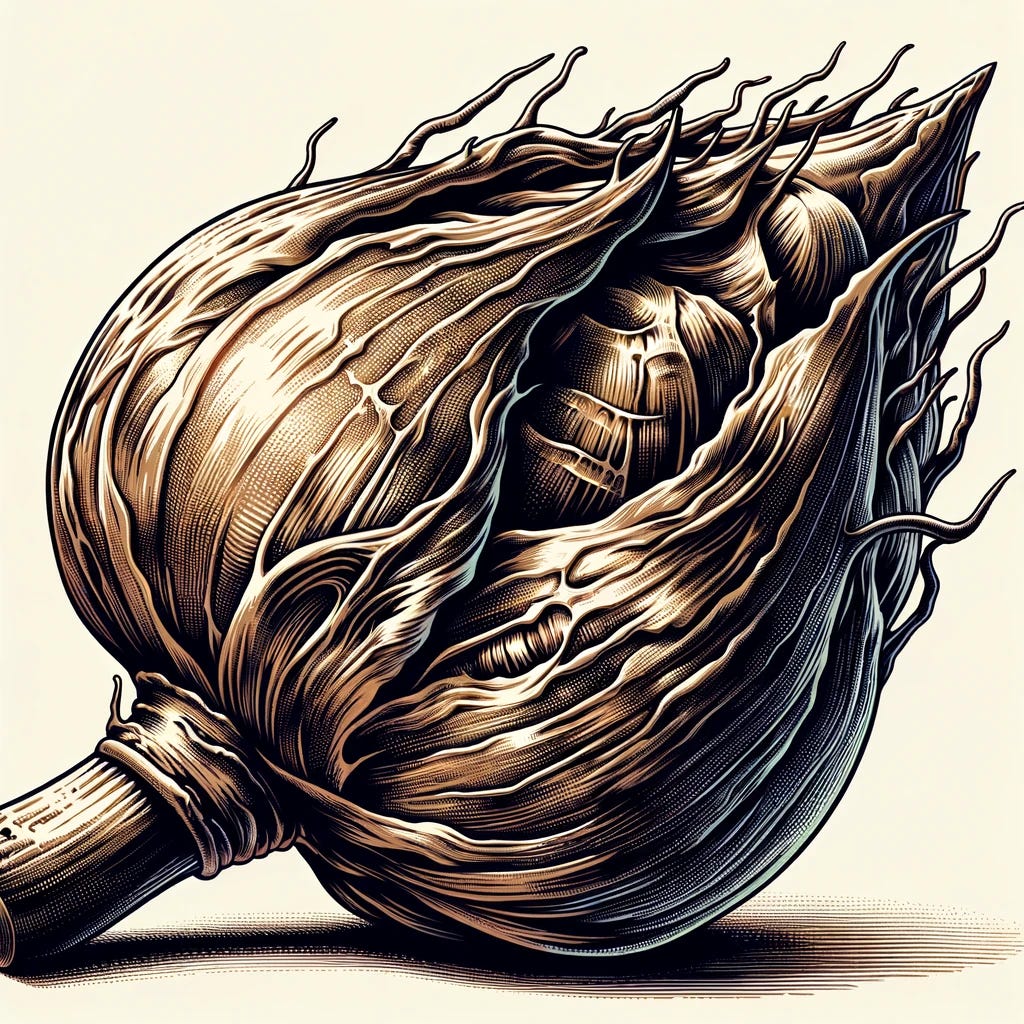How much would you pay for this tulip bulb?
You plant them in the ground, and a tulip grows up. They’re not seeds, though!
Instead, there’s a little baby tulip plant in there—the whole thing, including a flower bud, leaves and roots. The super-thick leaves are called scales, and that’s where the food is stored. There’s a thin outer covering called a tunic that protects everything inside.
Tulip bulbs remind me more of eggs than of seeds. When they grow up from the ground, all that stored energy comes through in vibrant, bright colors. Maybe it’s no wonder why they became sought-after luxury items at the start of the 17th century.
Keep reading with a 7-day free trial
Subscribe to Goatfury Writes to keep reading this post and get 7 days of free access to the full post archives.




